
Both an eventful and uneventful few days. After a morning reading Mercia
Eliade’s classic text, The Sacred and the Profane, soaking up the
sunshine at Nazca, I took the long bus journey back to Lima – the bus
arrived late and made a number of unscheduled stops (including for the
driver to buy some oranges from a roadside vendor) arriving in Lima
80minutes late. My restaurant of choice was fully booked by then, and
arriving by taxi at the alternative I found it too was fully booked,
despite the Hotel receptionist shrugging that I would not need to book
there. They took pity on me though and put me on a bar stool at the
bar, where I enjoyed a fabulous meal, generosity from the talkative
barman, and a thoroughly good Saturday night out. I can thoroughly
recommend the Brujas de Cachiche to any visitor to Lima.
Sunday was then all about flying up to the mountains – an airbus from
Lima airport at lunchtime stopping over briefly at Cusco, without
disembarking, and then heading on up to Juliaca, the small city on the
plain overlooking Lake Titicaca. From the moment I got off the plane I
could tell we were very high up, and that the air was thin! Walking
suddenly became a struggle, and the effort of any exertion seriously
taxing on one’s reserves of strength. This immediate fatigue receeded
in the car, replaced by consciousness of having to breathe really
quickly – a shortness of breath one would normally associate with the
moments after major exertion, but experienced whilst sitting in the back
seat of the guide’s car. On the way to my hotel in Puno, we stopped to
visit the Silustani Tombs.
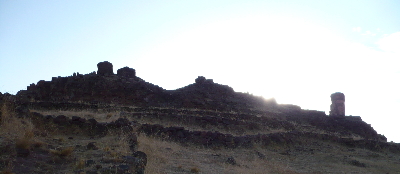
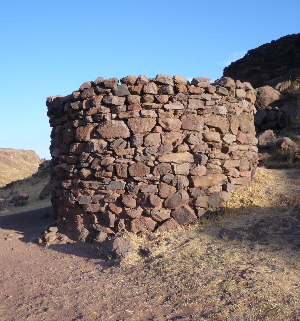
This proved to be a fascinating visit, despite the fact that I was only
capable of pigeon-toe progress with frequent rest-stops, and the fatigue
was gradually turning into a dizziness of absolute exhaustion. But the
history of this area, as my guide described it, was fascinating. The
Pucara people were the first known civilisation here, and I will see
more of them on the Inka Express bus journey to Puno later this week.
After this culture had faded, the Tihuanaco came, and populated the
area. At the height of their civilisation here, the Aymara, a warlike
people from the south and east, perhaps Argentina, conquered the area,
forcing the small remnant of surviving Tihuanaco to embark on a long
wandering in the mountains, until they settled north in the sacred
valley, and became the Inca. The Inca, of course, later reconquered
this area, along with the whole of the rest of the Andes, in the largest
empire of all pre-Columbian South America – of which more, of course,
in Cusco and Macchu Picchu. Up here in Juliaca and Puno, despite the
arrival of the Spanish conquerors, who looted the ancient sites and
brought Catholicism to the area, much of the original pre-Christian
religious practice and the two ‘nations’, Aymara and Quechua
(Inca/Tihuanaco people) survive to this day. My guide is Quechua, the
driver Aymara.
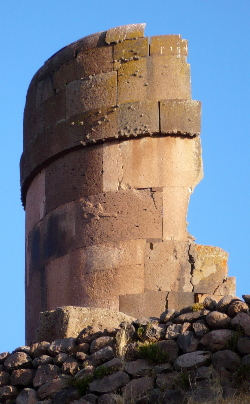
The Silustani tombs are mostly Aymara, with some later Inca tombs as
well. Alongside the tombs are three other sections of the site: the
ritual area, the workshop, storage and living area, and the quarry where
the rock was carved out of the mountainside. Like the Moche practice
in the far north, and Egyptian and other practices in other continents,
not only the Lord but his wives, boys, servants, priests – between 30
and 50 bodies – were buried in each of the tombs. All the precious
metal artefacts were looted by the Spanish, but archaeologists have
found ample evidence of human bones, ceramics and other remants to gain
understanding of these monuments.
The largest of them, an Inca one, with exquisite stone work, also had a
relief carving of a lizard on it, pointing in the direction of the
Temple of the Sun, the island on the Bolivian side of the lake where the
Inca absorbed the Tihuanaco origin myth and made it their own, with a
splendid temple.

In the ritual area, I was introduced to a very familiar stone circle.
My guide clearly had real respect for the place: he pointed out on the
horizon to south and east among the mountains where the villages of his
mother and father were located, and spoke with genuine appreciation of
the Quechua Mother Earth ‘Pacha Mama’ and Mother Waters ‘Cucha Mama’
whose spirits were in everything, in every stone. The archaic religious
mind, as described by Mercia Eliade, was here almost in its raw aspect,
for all that this son of tribal people now worked in the tourist
industry, using his excellent English. Having asked permission, I
entered the stone circle, and paid my respects to the Earth Mother of
the Mountain, here at the roof of the world, my body the tree through
which earth and sky communicate and become one, pillar of every house,
tower of every city, altar of every temple.
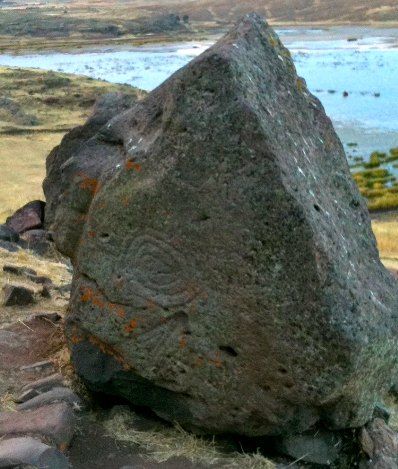
On the descent from the hill of the tombs, though the thin air was
really starting to get to me by now, (hence the not very good photo) my
guide showed me the guardian stone at the foot of the ancient stairway.
He asked me if I had a compass. A spiral carved on one side of the rock
zeroed in on a particular patch of the stone where the compass on my
iPhone suddenly switched to point west, instead of north, directly at
the centre of the spiral. Yes, indeed they believe there is some
lodestone or other in this rock, and yes, indeed, the Aymara clearly
knew about this. The other side of the rock sported the carved face of a
Puma, facing up to the stones.
But my reaction to the thin air was rapidly turning into full-on Acute Mountain Sickness (AMS),
or altitude sickness, and we headed on to Puno as the sun went down and
the cold wind of the mountain winter began to bring the temperature
down sharply. At the hotel I practically collapsed for an hour or two’s
nap, and then managed to pigeon-toe down to the nearest restaurant, a
couple of doors down from the hotel, for a light supper, and pigeon-toe
it back up to my room, completely exhausted, to sleep again. It was
9pm. I awoke almost hourly, drinking water, feeling exhausted, my pulse
rapid and persistent, breathing short, dizzy and suffering awful
fatigue. Finally, at about 4am, the pulse and shortness of breath had
begun to recede, to be replaced by a headache. I took some ibuprofen at
5am, and finally decided to cancel my tour to the Lake Titicaca
Islands, to stay put and get a day of complete rest. By 9am, worried
for me, the travel agency had called in CondorAssist, the medical
insurance with my fortnight’s tour, and a very nice young Quechua doctor
arrived, with a translator. It was agreed by all that it was altitude
sickness, that the worst was over, that I had done the right thing
cancelling today’s tour, and he sat me with an oxygen mask plugged into
an oxygen bottle that they keep at the hotel, for 20 minutes, which
cleared my headache!
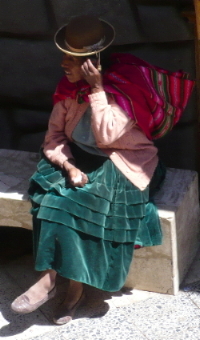
By lunchtime I was able to take a little walk, buy some alpaca socks and
a straw sun hat, and get a bowl of Inca Soup – guinea pig and alpaca
meat and soft cheese cubes in a nourishing soup, which I ate most of
with a large glass of freshly juiced papaya. It is interesting how, up
here in the mountains, many of the local people still maintain the
traditional dress, at the same time as embracing the all-encompassing
information revolution. This excursion, however, was very tiring, and I
returned, again very slowly to the hotel, to sleep for a couple of
hours in the afternoon.
So – not only do I get air-sick on little Cessna’s doing wild
manouevres, I am among those who suffer from altitude sickness, too.
 The Inka Express is an extremely long bus ride – usually a 6hr drive – which takes over 9hrs, due to all the stops along the way. But time goes quickly, and it doesn’t seem to drag, as a journey, at all. Leaving Puno, barely having slept, with an altitude headache only partly dulled by 10minutes attached to the oxygen bottle before getting up, jacked up on matte de coca (coca-leaf tea) I half expected the journey to be awful. But I managed to dose during the first part of the journey, awaking to be delighted by the Pukara museum, sporting a whole collection of statuary from the ‘mother culture’ of southern Peru, who lived here around 400BCE. The catfish and the frog turned out to be particularly important animals for these people, but the puma and the snake made early appearances – they both figure heavily in later cultures – and the quality of the carving is really quite special.
The Inka Express is an extremely long bus ride – usually a 6hr drive – which takes over 9hrs, due to all the stops along the way. But time goes quickly, and it doesn’t seem to drag, as a journey, at all. Leaving Puno, barely having slept, with an altitude headache only partly dulled by 10minutes attached to the oxygen bottle before getting up, jacked up on matte de coca (coca-leaf tea) I half expected the journey to be awful. But I managed to dose during the first part of the journey, awaking to be delighted by the Pukara museum, sporting a whole collection of statuary from the ‘mother culture’ of southern Peru, who lived here around 400BCE. The catfish and the frog turned out to be particularly important animals for these people, but the puma and the snake made early appearances – they both figure heavily in later cultures – and the quality of the carving is really quite special.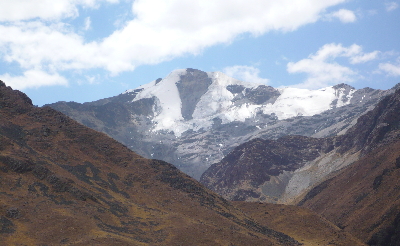
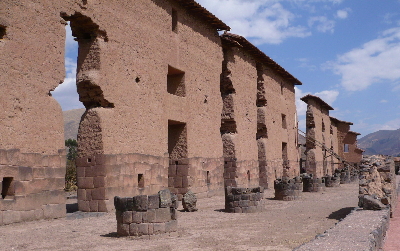


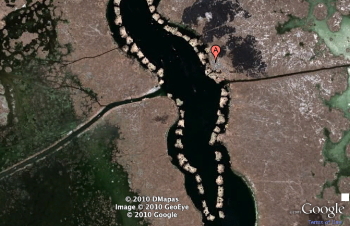
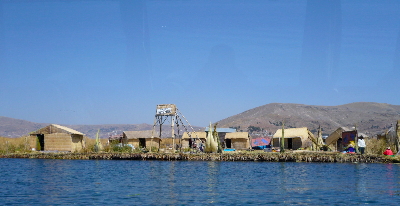

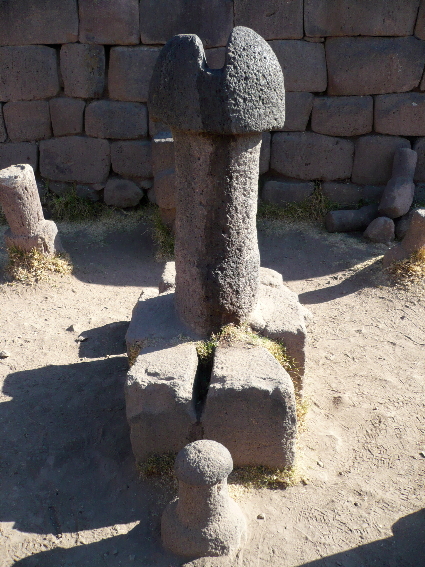








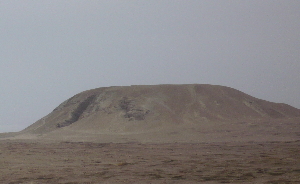
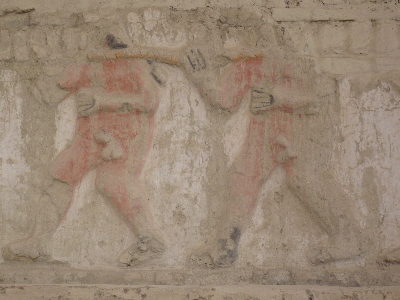
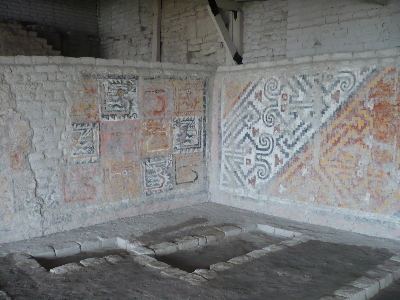
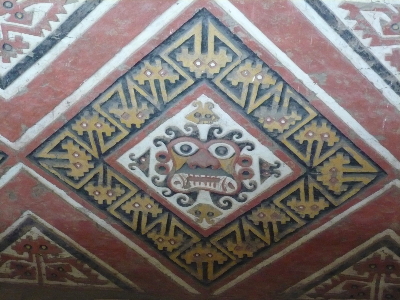
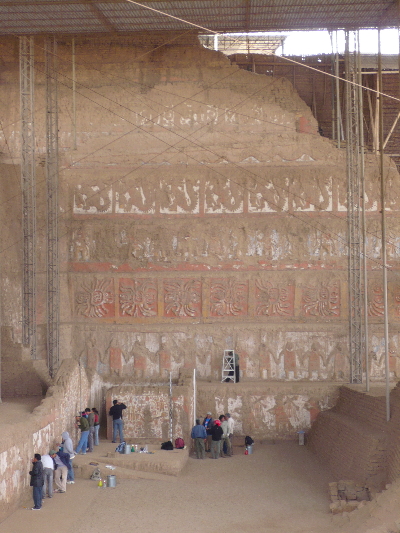
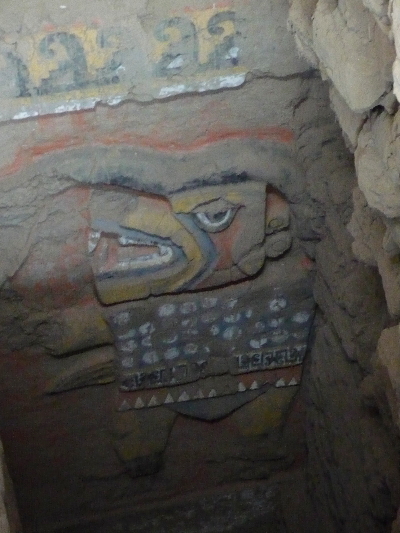
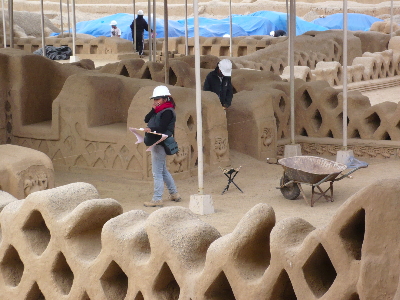


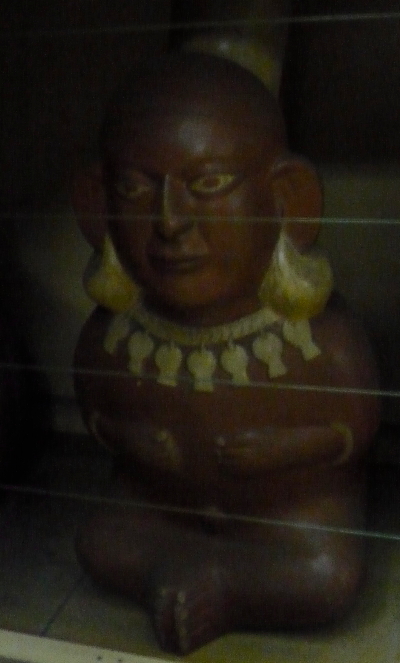



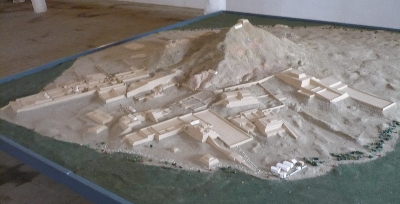
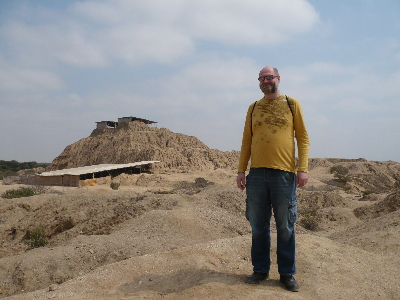
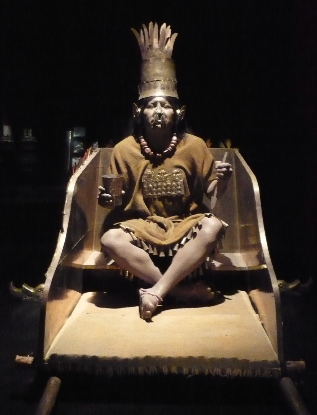
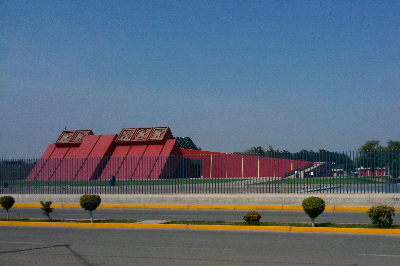
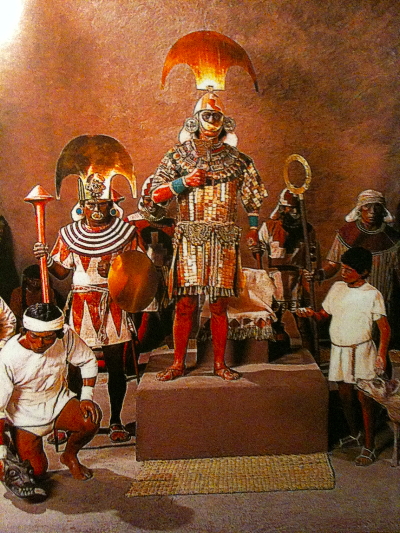
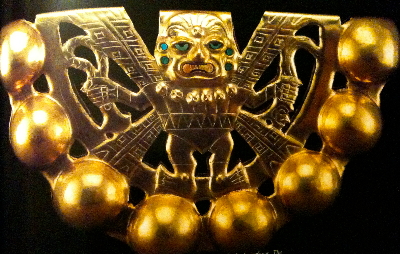

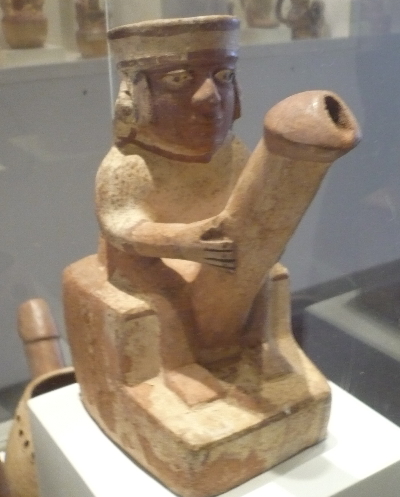

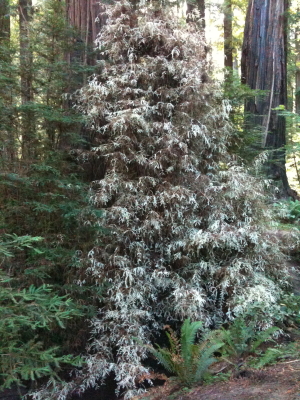 The hostess at the Myers Inn, however, told me a wonderful story of how the logging company wanted to take out a whole part of the forest, and all the womens’ clubs and institutes in the region got together to protest, and raise the cash to buy this part of the forest, and grant it to the National Park. This area is now called the Womens’ Grove, and includes the mysterious Albino Tree, which, according to my hostess, was known by the ‘Indians’ as the ‘Spirit of the Forest’. I love this other America. I can’t say I got much spiritual communication from this genetic deformity, however – it was simply a very unusual brilliant white fir tree – an natural oddity.
The hostess at the Myers Inn, however, told me a wonderful story of how the logging company wanted to take out a whole part of the forest, and all the womens’ clubs and institutes in the region got together to protest, and raise the cash to buy this part of the forest, and grant it to the National Park. This area is now called the Womens’ Grove, and includes the mysterious Albino Tree, which, according to my hostess, was known by the ‘Indians’ as the ‘Spirit of the Forest’. I love this other America. I can’t say I got much spiritual communication from this genetic deformity, however – it was simply a very unusual brilliant white fir tree – an natural oddity. Further up the Avenue of the Giants there are indeed some really big trees – the Tall Tree, at 360ft apparently something like the ninth tallest living thing on Earth (the others are in Redwood National Forest, to the north, and in China, where the other remaining Redwoods live.) Walking alone in this part of the forest one really gets a sense of the ancient woods of the world – something almost pre-mammalian, let alone pre-human, ancient, almost other-worldly.
Further up the Avenue of the Giants there are indeed some really big trees – the Tall Tree, at 360ft apparently something like the ninth tallest living thing on Earth (the others are in Redwood National Forest, to the north, and in China, where the other remaining Redwoods live.) Walking alone in this part of the forest one really gets a sense of the ancient woods of the world – something almost pre-mammalian, let alone pre-human, ancient, almost other-worldly.


